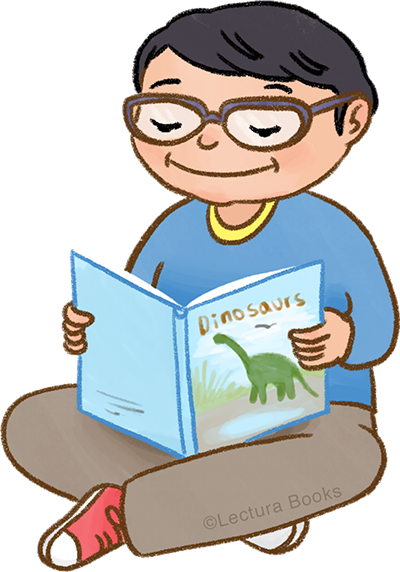 Is It Better for Kids to Read a Book or Read on a Computer?
Is It Better for Kids to Read a Book or Read on a Computer?

With the onslaught of digital information, people are wondering if it’s better for kids to read a book or read on a computer. Though the slant has definitely moved in the direction of reading on Kindles and other electronic devices, there are enough downsides to reading electronically to justify why it’s still beneficial for children to keep reading books.
The article “Children Prefer to Read Books on Paper Rather than Screens” says that studies showed that kids who had access to electronic devices, like mobile phones and iPads, tended to not use them for reading and would pick up a book instead. This research suggests, then, that paper books are still preferred by children and that, in fact, providing them with eReading devices could even slow down their reading.
It’s important that parents and schools make sure that children are taking some time away from the scattered-type of reading that can come about from reading on electronic devices, says an article by PRI (Public Radio International) that compares the brain of someone reading a book versus someone reading on a computer screen. Instead, adults should ensure that kids are also doing the slow, deep reading that reading books on paper requires. According to the Scientific American, some studies indicate that people may comprehend less when reading on a computer screen as well, so it’s something that should be considered, especially when it comes to kids.
Kids from lower-income homes, such as many bilingual and Spanish-speaking children, could have an advantage here as their families don’t always have the money to purchase the pricier, eReading-type books. As such, they often have to resort to reading a good, old-fashioned book on paper.
To help their Spanish-speaking, dual language learners (DLLs), some schools bring in The Latino Family Literacy Project. It’s a terrific program that helps kids retain their native language while also learning English, by parents and kids establishing a regular time to sit down and read bilingual books together. Teachers can attend a half-day program training at a workshop near them or take an online webinar.
